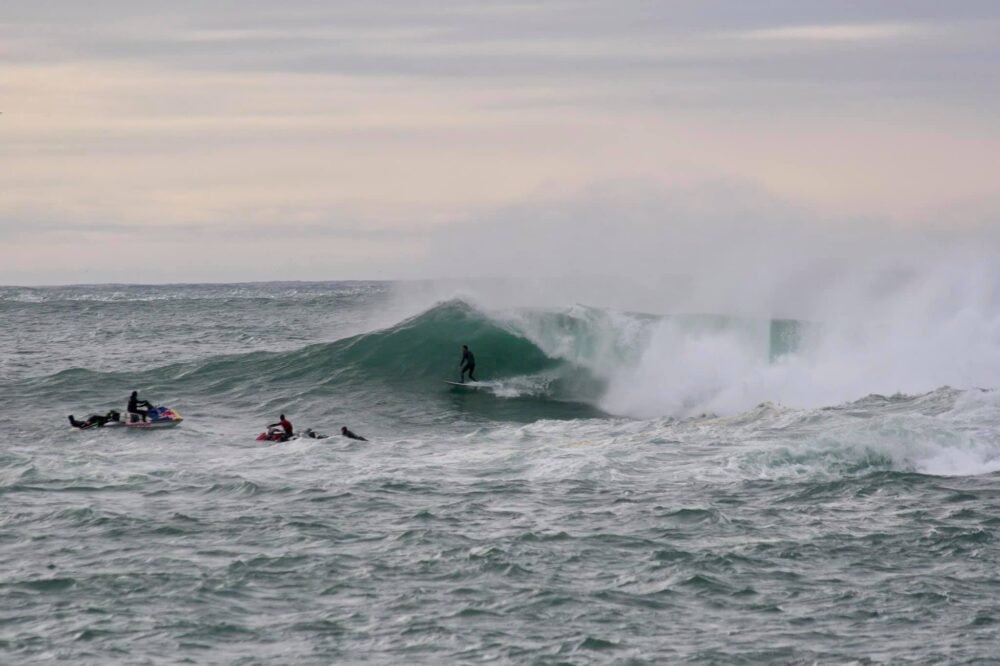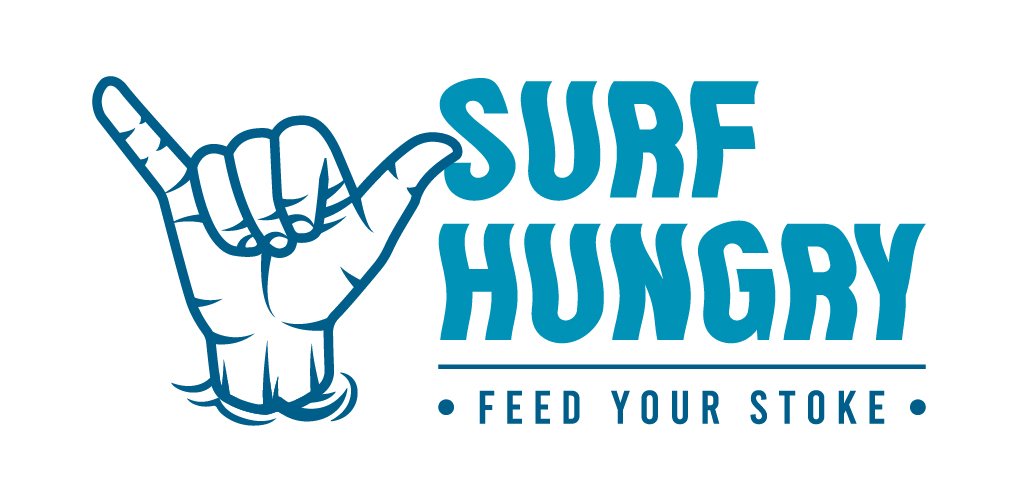Banzai Pipeline: Hawaii’s Iconic North Shore Wave
If there is a wave most filmed and photographed in the world, it is the Banzai Pipeline. Considered one of the most competitive waves on the planet, it is the birthplace of tube riding and the spot that gave name to an esteemed surfing contest – the Pipeline Masters. For over 50 years, Pipeline has been the beating heart of winter surfing in Hawaii. Every season, thousands of surfers travel to the North Shore for a chance to experience its world-class power, its perfect-but-deadly tubes, and its undeniable place in surf lore. What’s behind the most iconic waves in surfing history? Let’s unravel the mystery that wraps the barrelling waves and difficult conditions daredevils sought after. Below follows a complete breakdown of the history, geology, surf conditions, dangers, competitions, and FAQs surrounding Pipeline. Origin Of The Name – Banzai Pipeline Inspired by the ancient Samurai’s commitment to suicide over capture, the Japanese government during the Pacific Wars in 1941 taught its soldiers it was far more honorable to die than to surrender. The battle cry for this act – “Tennōheika Banzai,” which translates to “long live his majesty, the emperor,” knew far too well this cry and the attack that accompanied it. This battle cry was usually shortened to just “Banzai!” during those instances due to time constraints. What does it have to do with the world’s famous surf site, you ask? After the war, several surviving American soldiers settled in Hawaii. The GIs first named the long stretch of Oahu’s north shore as “Banzai Beach.” Apparently, it was because of the deadly-looking huge waves that regularly pound on its shore. Fast forward to 1961, two visiting Californian surfers – Phil Edwards and Mike Diffenderfer paddled out and caught what are widely acknowledged as the first-ever waves ever ridden at Banzai Beach. The following day, the two came back to the surf spot with Endless Summer director Bruce Brown. Brown captured the ensuing session. Most of what he got that day was included in his 1962 film Surfing Hollow Days. As they were leaving the beach, Diffenderfer spotted a series of gigantic concrete pipes used on a nearby building site. He noted their similarity to the waves he had just been surfing and suggested to Brown that the spot be named Pipeline. Geological Formation of Pipeline’s Reef The power and shape of the Banzai Pipeline come from its unique volcanic reef structure, formed thousands of years ago during Oahu’s volcanic activity. The reef’s jagged edges and uneven coral shelves sit extremely close to the surface, forcing swells to rise quickly and pitch into perfect, hollow cylinders. Pipeline’s reef includes: A shallow plateau that causes the sudden, vertical takeoff Deep caverns that trap and release air, creating explosive boils A sharp drop-off immediately past the impact zone This geological setup makes Pipeline both unbelievably photogenic and notoriously dangerous. No machine-made wave pool can replicate the combination of power, precision, and raw chaos created by this reef. Banzai Pipeline – The Queen of All Waves Banzai Pipeline on the North Shore is the “happenin’” place to be. It has one of the most impressive and notorious waves in the world. This picture-perfect surfer’s dream is a reef break located in Hawaii, on Oahu’s North Shore. The break is situated off Ehukai Beach Park in Pupukea. The massive hollow tubes that break over a sharp and shallow reed is one of the most dangerous waves in the world – but is also one of the most sought after. The deadly waves of blue cylinders sent hundreds of athletes to hospital beds and even claimed the lives of several other riders. Some of those who braved the Pipeline but didn’t come out alive were Andy Chuda in 1989, Travis Mussleman in 2000, Moto Watanabe in 2004, Jon Mozo and Malik Joyeux in 2005, Joaquin Velila in 2007, and Joshua Nakata in 2008. Aside from being notoriously deadly, Banzai Pipeline also became a famous symbol of surfing thanks to its world-renowned competitions, surf film appearances, and all the surfers who earned their chops riding its waves. Under the Pipeline reefs are large caverns. Massive air bubbles rise from the caverns as the wave breaks over these reefs. These create the perfect wave crests that Banzai is famous for. Moreover, the steep takeoffs and the really heavy waves are tremendous rewards for the surfers who get it right. Banzai Pipeline has many faces that include a series of different reefs spaced out in gradually deeper parts of the ocean. The size of the incoming swell usually tells the reef that breaks. The breaks include for different waves: Pipeline or the First Reef – The left break of the Pipeline and the most popular and famous wave. This is usually the closest break to the shore. Backdoor Pipeline – This Pipeline is a right break that occurs when a north swell hits the first reef. The north swell triggers an A-frame at the peak. Then the left break starts to close out. Backdoor is the right break of this. Second Reef – This is further out in the ocean after the First Reef. It is a more profound wave that breaks when the swell gets more extensive. These waves reach somewhere around 12 feet and above. The Second Reef is famous for its more giant waves and longer walls. Third Reef – The most intimidating Pipeline break is the Third Reef. This wave only breaks in massive conditions, resulting in some colossal waves. The Third Reef is the most profound break. Best Conditions for Surfing Pipeline Pipeline is a left-hander that performs best under specific conditions: Best swell direction: west-northwest (WNW) northwest (NW) Best winds: light trade winds or offshore winds Best season: October to March (peak: November–February) Ideal wave size: Pipeline’s classic vision is the white lip throwing over into a perfectly cylindrical barrel—followed by a violent closeout over shallow reef if things go wrong. The best size of waves to surf the Pipeline is … Read more









